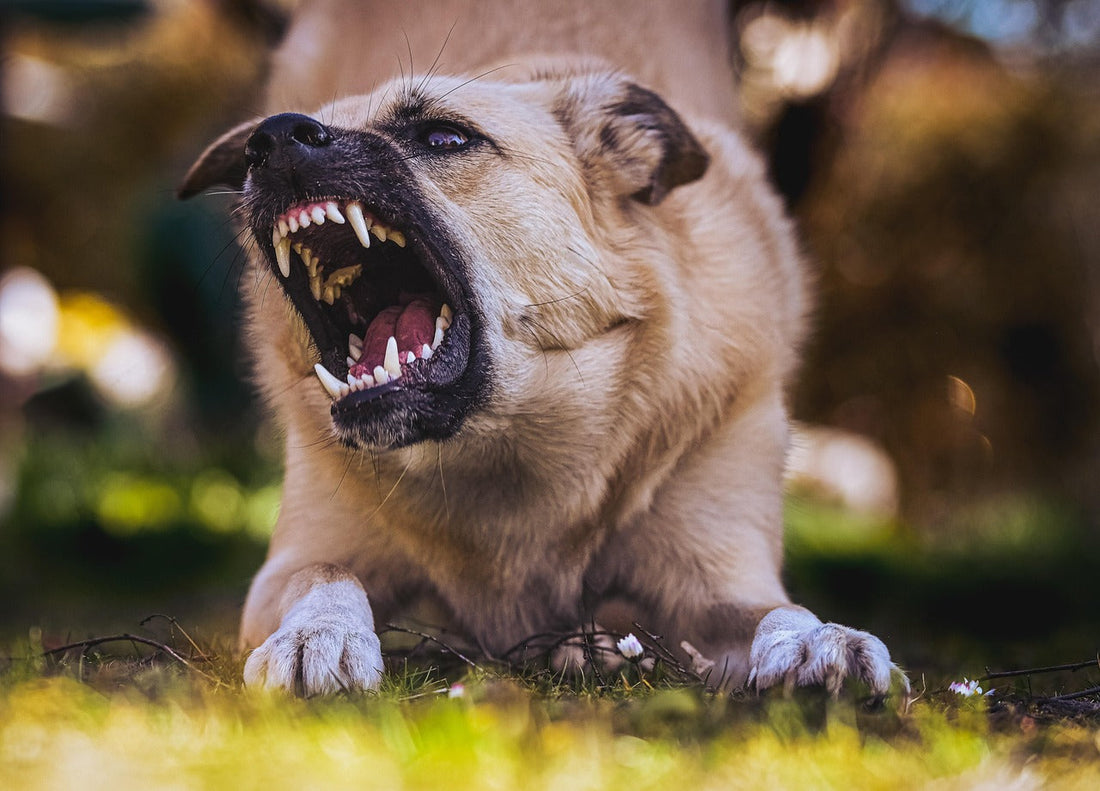
Understanding and Managing Resource Guarding in Dogs
Share
Resource guarding is a natural behaviour in dogs where they protect food, toys, or other valued items from perceived threats. While this behaviour can range from mild to severe, it’s important to address it early to prevent escalation and ensure a safe environment for the dog and the people around them.
What Is Resource Guarding?
Resource guarding occurs when a dog displays protective behaviours over items they find valuable. This can include:
-
Growling or snapping when approached while eating
-
Stiffening or hovering over food, toys, or bones
-
Snatching objects away when someone reaches for them
-
Showing their teeth or even biting when an item is taken
While this behaviour is instinctual, it can become problematic if left unmanaged, especially in households with children or multiple pets.
How to Prevent Resource Guarding
Preventing resource guarding starts with proactive training and creating positive associations around valuable items. Here are some key strategies:
-
Teach a Positive Association with People Near Their Resources
-
Hand-feed your puppy or dog occasionally to build trust.
-
Drop high-value treats into their bowl while they eat so they associate people approaching their food with good things.
-
Avoid taking food away to ‘test’ their reaction, as this can create anxiety and reinforce guarding.
-
-
Trade Rather Than Take
-
Instead of simply removing an item from your dog’s possession, teach a trade game. Offer something better (a treat or another toy) in exchange for the guarded item. This helps prevent defensive behaviour.
-
-
Teach a Reliable ‘Leave It’ and ‘Drop It’ Command
-
Training these commands can make it easier to manage situations where your dog has something they shouldn’t have.
-
-
Respect Their Space
-
Give your dog a designated, quiet space to eat without disturbances.
-
Avoid bothering them while they chew on a bone or enjoy a special treat.
-
How to Manage Resource Guarding If It Has Already Developed
If your dog has already shown signs of resource guarding, it’s crucial to manage it carefully and avoid punishment, as this can worsen the behaviour. Instead, follow these steps:
-
Identify Triggers
-
Observe what items or situations trigger guarding behaviour so you can address them specifically.
-
-
Use Desensitization and Counterconditioning
-
Gradually teach your dog that people near their resources mean good things. Start by standing at a comfortable distance while they eat and toss a tasty treat their way. Over time, slowly decrease the distance as they remain relaxed.
-
-
Implement Structured Feeding and Playtime
-
Feed your dog in a quiet space and avoid free-feeding (leaving food out all day).
-
Use structured play sessions to ensure they don’t feel the need to guard toys from other dogs or family members.
-
-
Work with a Professional If Needed
-
If resource guarding is severe (biting, lunging, or extreme aggression), consult a qualified trainer or behaviourist to create a tailored plan for your dog.
-
Teaching Kids to Respect a Dog’s Space
A major factor in preventing dog bites is teaching children how to interact safely with dogs, especially around food. Many bites occur when a child tries to take food away, reaches toward a dog’s bowl, or approaches while a dog is eating.
-
Teach children to leave dogs alone when they eat. Emphasize that mealtime is not playtime.
-
Avoid taking things from a dog’s mouth. Instead, encourage kids to call an adult if a dog has something they shouldn’t.
-
Model safe interactions. Show children how to call a dog away from food rather than reaching for it.
-
Supervise interactions. Never leave young children unsupervised with a dog, especially if resource guarding has been an issue.
Resource guarding is a natural behaviour, but it can be managed and prevented with the right approach. Creating positive experiences around food and toys, respecting a dog’s space, and teaching children how to interact safely can help ensure a peaceful and safe environment for everyone in the household. If resource guarding becomes a concern, early intervention and professional guidance can make a significant difference in addressing the issue effectively.